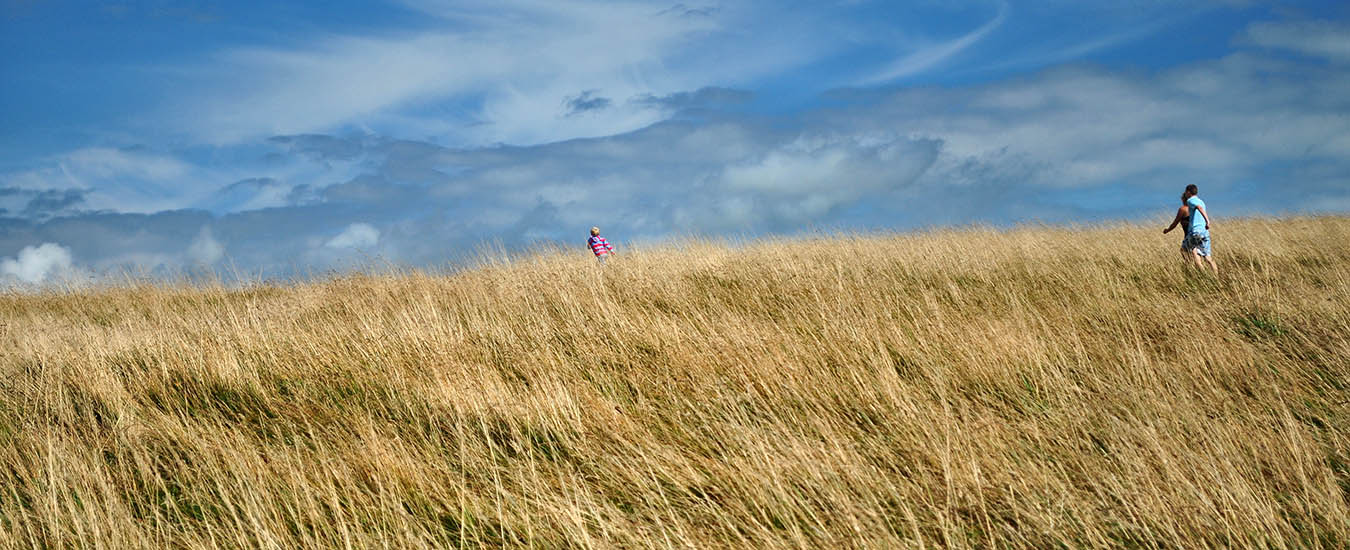Studies show that 10 per cent of the population is mistaken about who their fathers are, which may foil searches for family.
My view of genealogy is broad—I like to read in fields that connect with my own: history, geography, literature and, more recently, genetics. While most material is out-and-out nonfiction, occasionally I come upon a book that combines social issues with a family’s story. Such a find is Carolyn Abraham’s recent book The Juggler’s Children. The book’s subtitle reveals its intrinsic purpose: A Journey into Family, Legend and the Genes that Bind Us.
We meet Adrian Williams, a software developer who, as a hobby, has designed Internet tools to record, track and compare DNA results of men with his surname. “We’re lonely,” he’s quoted as saying, when asked why so many people are researching their ancestry. “Families are fractured, we’re all caught up in this rat race and in the process, we kind of lost our identities.”
However, he cautions, “If you don’t want to know, you better not ask.” In other words: You must be prepared to accept what you find, or don’t go looking.
Case in point: Abraham also quotes Dr. Stephen Scherer, geneticist at the University of Toronto and The Hospital for Sick Children, in Toronto, noting how often in large population studies the male listed as the father of a child turns out not to be the father: “At least 10 per cent of the time,” she writes. “Other geneticists gave me a similar estimate. A British survey conducted by the University of Manchester between 1988 and 1996 came to the same conclusion… researchers have found that false paternities cut across all cultures and socioeconomic classes,” adds the longtime Globe and Mail medical writer.

“If you factor a 10 per cent false paternity rate into attempts to trace ancestry, it could easily snap entire branches from a family tree.”
Quite often in the past, before government was as involved in people’s everyday lives as it is today, informal adoptions occurred with no written record. In any case, we rarely, if ever, know the circumstances surrounding any results we learn about today—so we are not in a position to judge.
I was involved in an example of tree pruning in the Maritimes more than 20 years ago. A group of genealogical researchers were requested to trace the relatives of the grandmother of a prominent American. The gentleman had two daughters whose medical outlook indicated that bone marrow donors might be required at some point.
As his grandmother came from this region and he was able to inform us of the geographical area and name some of her relations, we could concentrate our efforts to a specific group of communities and family names. Over time hundreds of relatives were identified.
The test lab then contacted as many of those kindred as they could in order to get blood samples. Most responded positively; the lab then analyzed the specimens for bone marrow matches.
But somewhere along the way, the laboratory advised that there was no point in pursuing one branch of that family any further; their bone marrow would almost certainly be of no use given they were not closely related.
The people in question were not informed of this development for ethical reasons; no one outside our small group was made aware of it, and the information remains confidential. If, some day, people from that branch of the family should have DNA testing done, they will discover that they belong to the 10 per cent.
This all gives a new twist to the joke that when Cape Bretoners meet someone for the first time, they ask, “And who was your father?” Who indeed.
